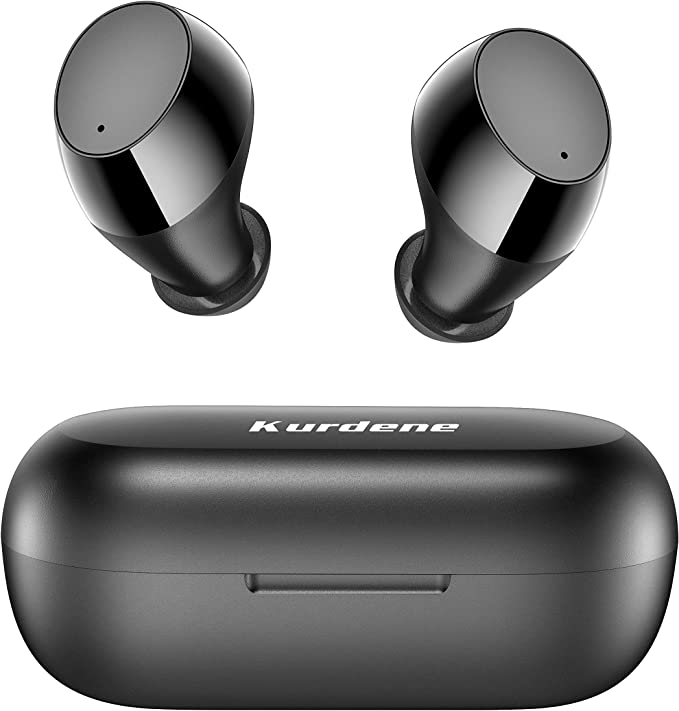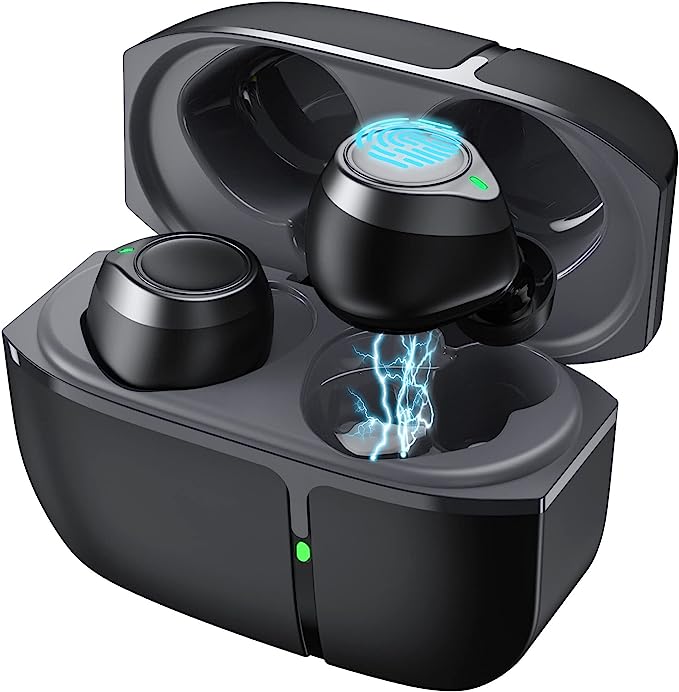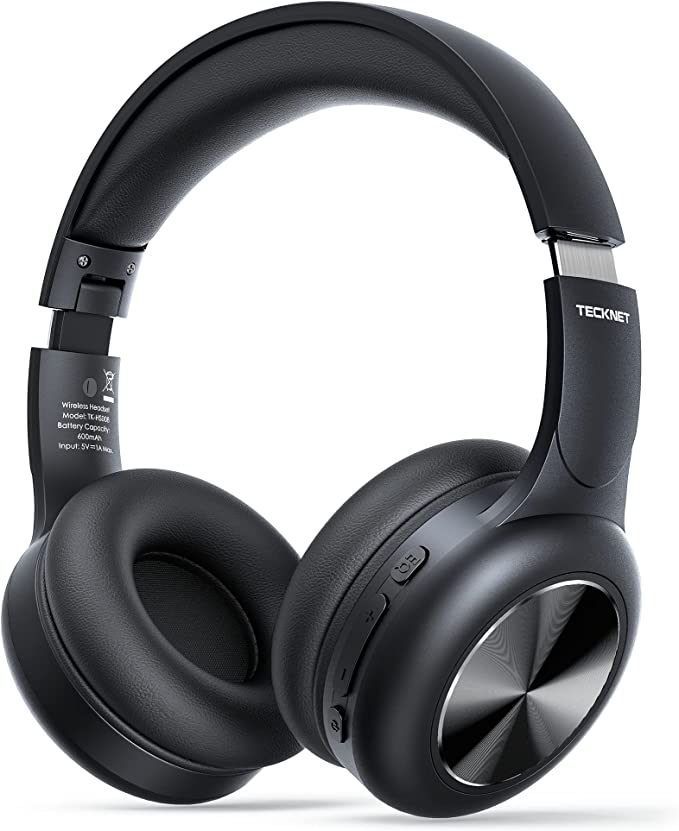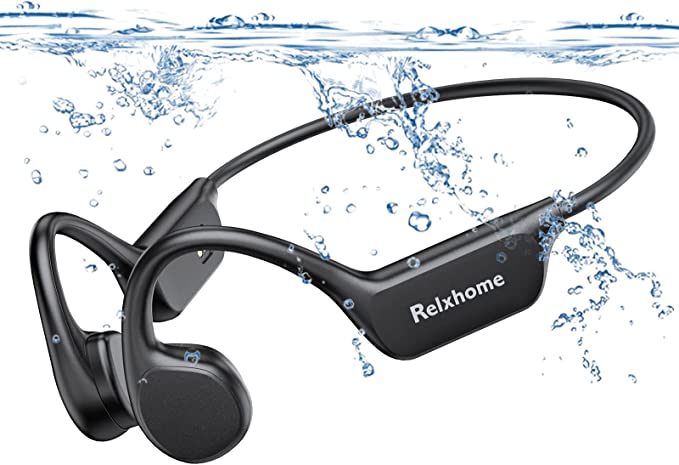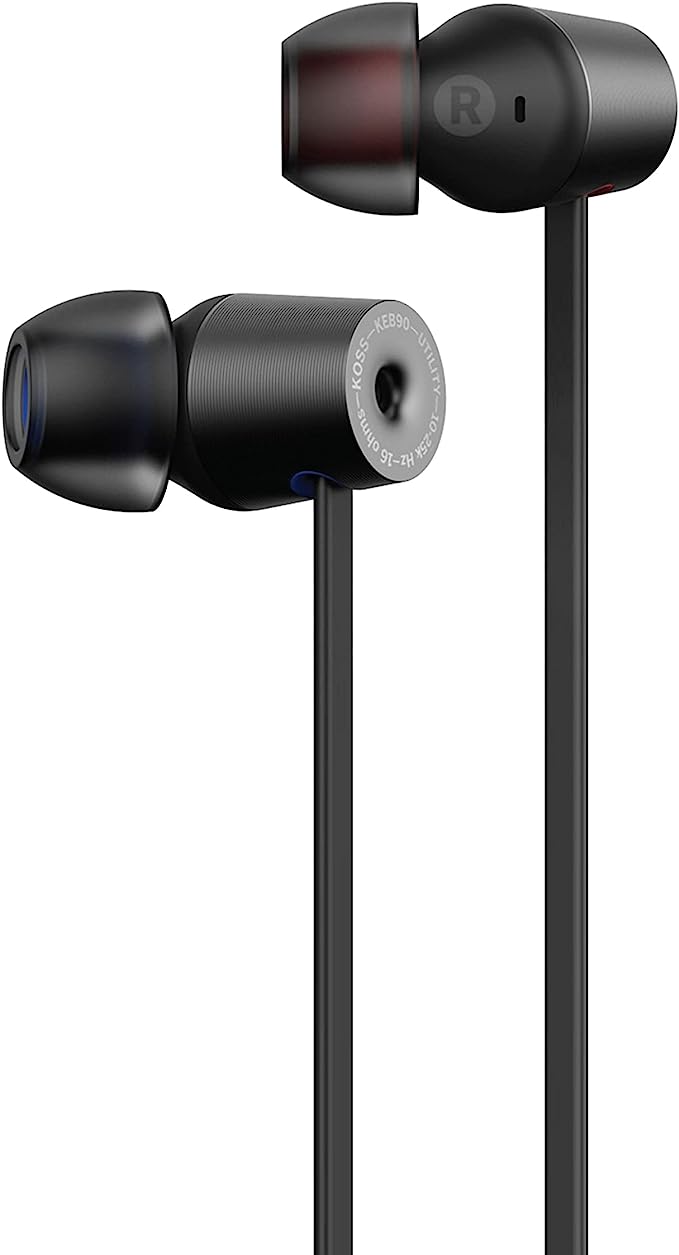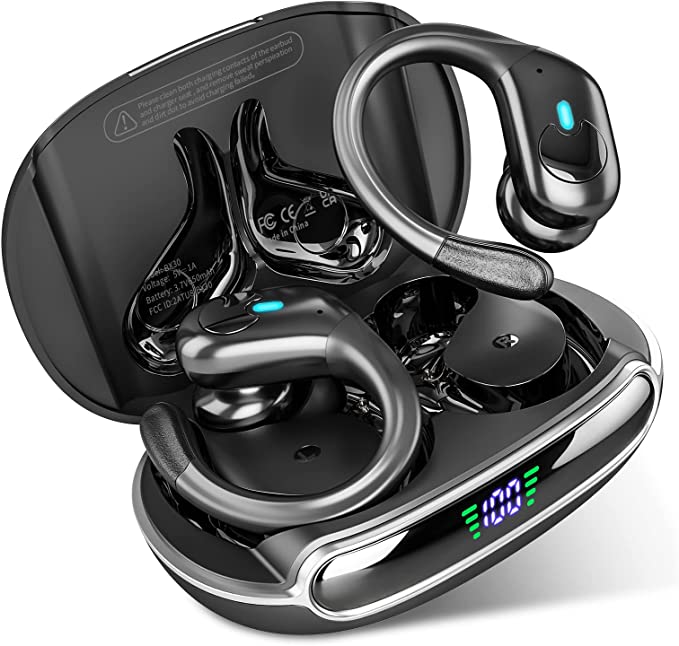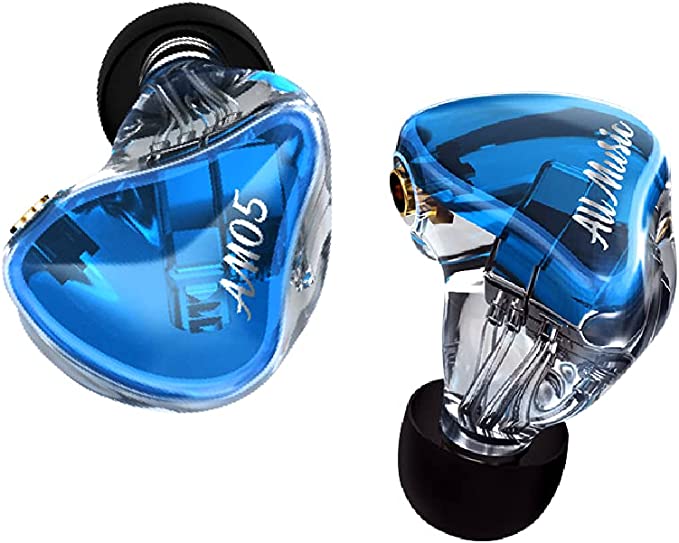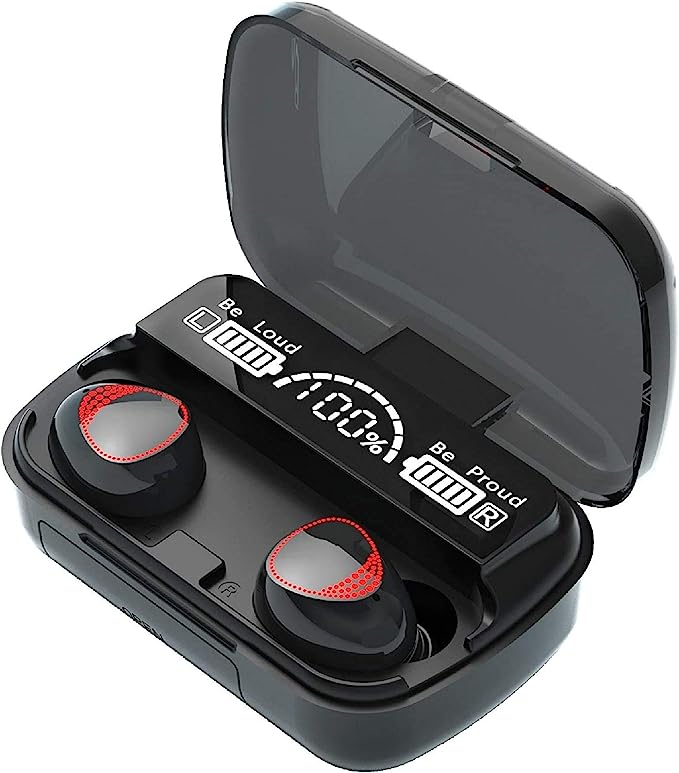How Does Plasma Cutting Actually Work? A Beginner’s Guide
Update on Oct. 26, 2025, 8:50 a.m.
You’ve seen the videos: a bright, needle-thin arc of light, a shower of sparks, and a clean, precise cut through a thick plate of steel. It looks like science fiction. It’s not a laser, and it’s definitely not a saw. So, what exactly is happening?
If you’ve looked at multi-process welders, like some 6-in-1 units that combine MIG, TIG, and Stick welding, you often see a fourth function labeled “CUT.” This is plasma cutting, and it’s arguably the most futuristic process in the box. To understand it, we need a quick science refresh.

The Big Idea: What is Plasma, Anyway?
You probably learned about three states of matter in school: solid, liquid, and gas. But there’s a fourth state: plasma.
Think of it this way: When you add energy (heat) to a solid (ice), it melts into a liquid (water). Add more energy, and it vaporizes into a gas (steam). But what happens if you add even more energy to a gas?
The gas becomes “ionized.” The intense energy becomes too much for the atoms to handle, and their electrons are literally stripped away. This superheated, electrically charged cloud of ions and electrons is plasma. It’s the same stuff found in stars, lightning, and the northern lights. And, thanks to modern engineering, it’s also a state of matter you can create in your garage.
How a Machine Creates a 40,000°F Arc
A plasma cutter is essentially a machine designed to create and control a very small, very stable bolt of lightning. The process is surprisingly straightforward.
- The Start: The machine creates a high-voltage electrical arc. On older or cheaper machines, this was done with a high-frequency (HF) start, much like the HF TIG function on a welder. Today, many machines use a “pilot arc.” This is a small, constant arc of plasma that exists inside the torch head, even before you touch the metal.
- The Transfer: When you bring the torch close to your grounded piece of metal (the “workpiece”), this pilot arc “jumps” to the metal. The machine senses this connection and unleashes the full power. This is now a “transferred arc.”
- The Power: This transferred arc is an incredibly concentrated stream of plasma, which can reach temperatures up to 40,000°F (22,000°C). For perspective, the surface of the sun is about 10,000°F. This intense heat doesn’t burn the metal in the chemical sense that an oxy-fuel torch does; it instantly melts it.
This is why plasma cutters are so versatile. They don’t rely on a chemical reaction (combustion). They only rely on heat and electrical conductivity. If a metal can conduct electricity (mild steel, stainless steel, aluminum, copper), a plasma cutter can cut it.
The Secret Ingredient: The Two Jobs of Your Compressed Air
But creating the arc is only half the story. The real magic lies in that simple, humble air compressor humming in the corner. In a plasma cutter, compressed air has two critical jobs.
Job 1: It Becomes the Plasma.
The machine doesn’t just pass electricity through the air. It forces compressed air (or sometimes other gases, like nitrogen) through a tiny, constricting nozzle inside the torch. The electrical arc is forced through this same nozzle, superheating this high-pressure gas into the plasma state.
Job 2: It Clears the Cut.
At the same time, this high-pressure stream of gas acts like a jet, physically blowing the molten metal (the “dross”) away from the cut. This is what creates the clean, sharp edge. It’s a simultaneous “melt and blow-dry” operation.
When you see a spec like “50A CUT,” as on a machine like the YESWELDER MCT-520, it’s telling you the power of that arc. A 50-amp cutter can typically sever steel up to 5/8-inch thick, and make clean, daily cuts on 1/2-inch plate, all by using this “melt and blow” method.

The “Gotcha”: Why Your Air Must Be Dry (And What Consumables Are)
Here’s the one non-negotiable rule that separates beginners from pros: your compressed air must be dry.
Moisture (water vapor) in your airline is the enemy. Water doesn’t ionize cleanly, and it rapidly destroys the two key “consumable” parts in your torch: the electrode (which creates the arc) and the nozzle (which focuses it). Feeding a plasma cutter “wet” air is like running a car with no oil. It will “work” for a short time, but you will get terrible cut quality, excessive spatter, and will burn through expensive consumables in minutes instead of hours.
Before you ever use a plasma cutter, you must install an air filter and water separator (a “desiccant dryer”) right at the machine’s inlet.
From Science Fiction to Your Workshop
So, there you have it. A plasma cutter isn’t a flame torch. It’s an electrical device that uses the fourth state of matter to melt a precise, localized path through metal, and then uses compressed air to clear the debris. It’s a controlled lightning storm in your hand, and it’s one of the most powerful, versatile, and—now that you know how it works—surprisingly understandable tools you can own.









